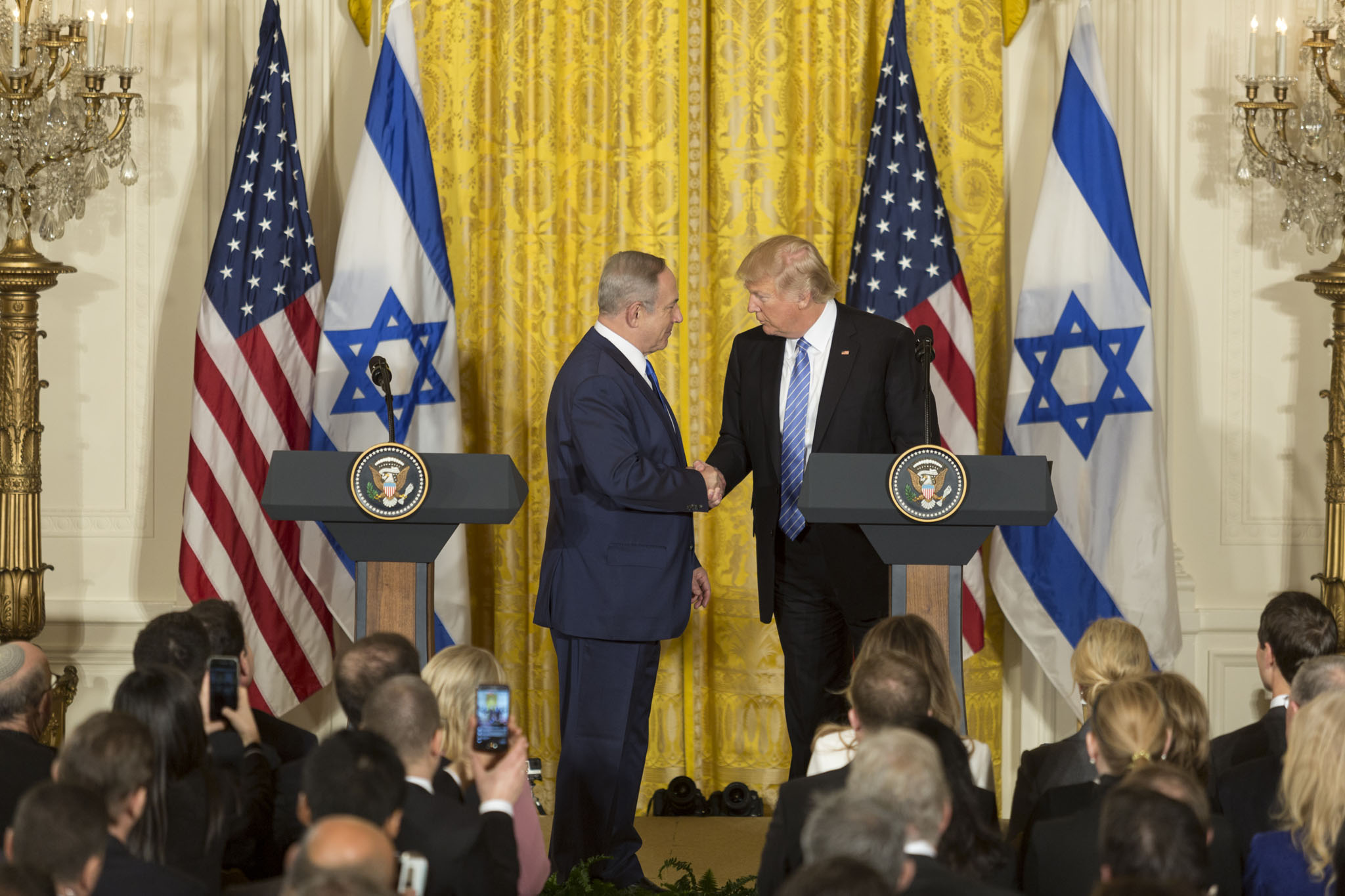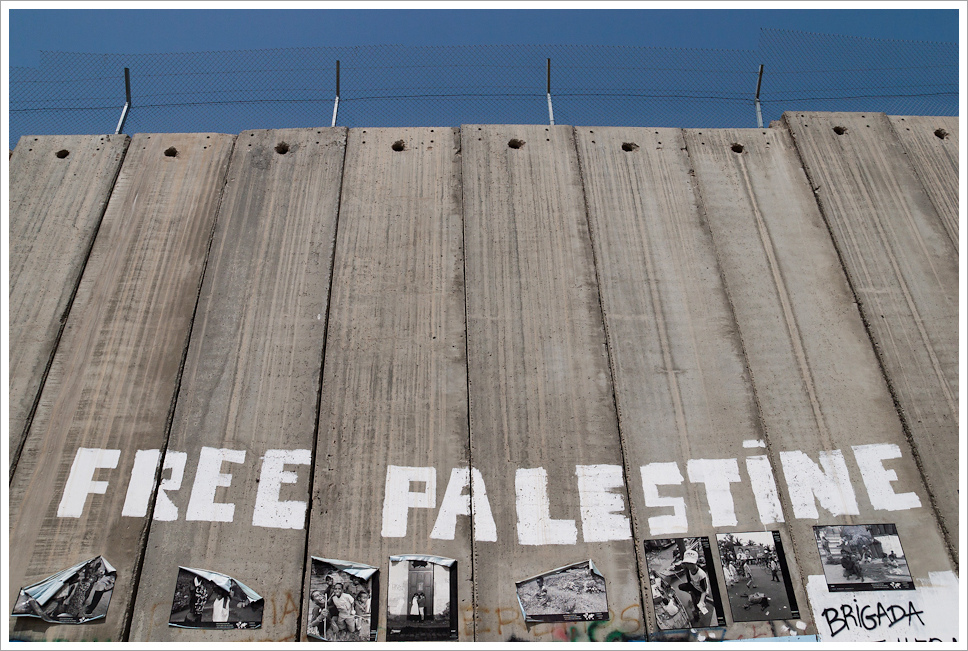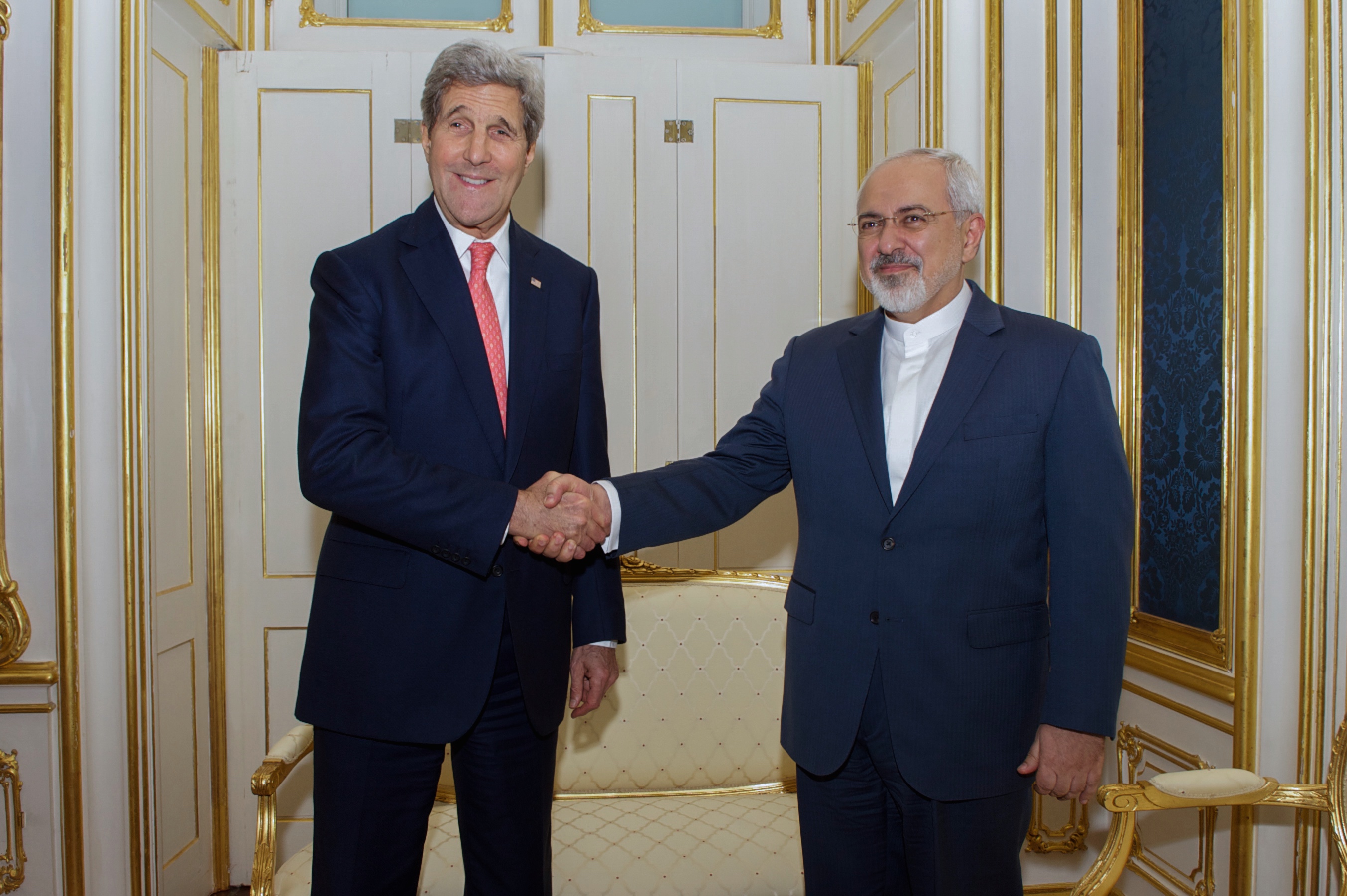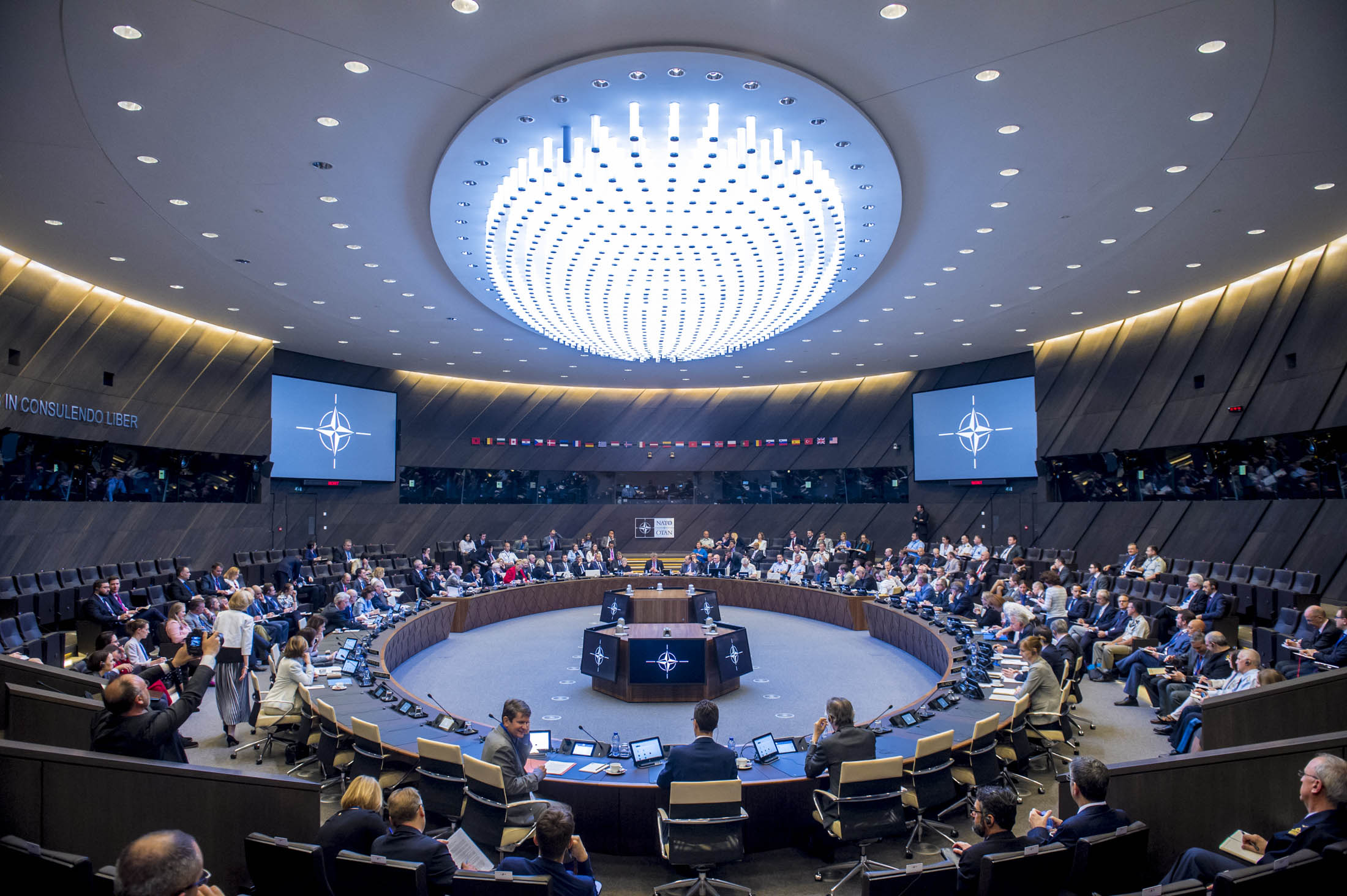
The greatest threat to American interests in the Middle East doesn’t come from ISIL or al Qaeda. It comes from the civil wars in Yemen, Libya, Iraq and Syria and the risk these wars pose to sparking new civil wars in Lebanon, Jordan, Bahrain, Algeria and Egypt.
In the current issue of The Washington Quarterly, Ken Pollack and I not only outline what it will take to end these wars, but we lay out the four major problems civil wars create for U.S. interests in the region.
First, civil wars reduce oil production. This might seem unimportant in a moment of low oil prices, but the current dip is likely to be temporary. During the 2006-2008 civil war, Iraqi oil production fell by 64 percent. After the 1979 revolution, Iranian oil production fell by 78 percent. And Libyan oil production has fallen 92 percent as a result of its current civil war.
Second, civil wars make is easy for extremist groups to organize, operate and spread. In the 1980s, al Qaeda couldn’t make a dent in Saudi Arabia or Egypt, so it fled to Afghanistan where it thrived within the civil war. Al Qaeda then set up franchises wherever civil wars existed in the Muslim world. Today, the real terrorist threats from al Qaeda are entirely located in states with civil wars of one kind or another: Syria, Iraq, Afghanistan, Pakistan, Yemen, Libya, Somalia, and Mali. ISIL’s predecessor, for example, was virtually eliminated in Iraq by 2011 until the civil war in neighboring Syria gave it a new refuge and lifeline.
Third, civil wars bring hostile new governments to power. Left to run their own course, civil wars often end in a decisive victory for the group best able to employ violence. This means that the most aggressive, violence-prone organization is the one that tends to lead a new government, a government unlikely to be sympathetic to the United States and its interests.
Finally, civil wars tend to spread. Neighboring states often get dragged into civil wars either because they intervene to help rebels or because rebels take refuge on their territory. Civil wars can also create a contagion effect, where the conditions in one civil war (terrorism, refugees, secessionism, radicalization, economic dislocation, and intervention) move across borders, creating the conditions favorable for civil war next door. The Middle East is especially vulnerable to this problem given that borders are porous, ethno-sectarian groups span state lines, and governments are mostly weak.
What should the U.S. do? Some scholars and commentators (see here and here) have advocated walking away from the Middle East and allowing the region to determine its own fate. But the longer the civil wars continue, the more likely they are to destabilize Tunisia, Egypt, Jordan, Lebanon, Turkey and potentially Kuwait, Iran and Saudi Arabia. Ignoring the current wars in the region, therefore, almost certainly means more war, not less.
Instead, the United States should be serious about creating the conditions for successful negotiated settlements, at least in the two most important civil wars: Iraq and Syria. Historically, negotiated settlements to a civil war have been more likely under three key conditions.
- A military stalemate. Parties to the civil war must believe that they cannot win a military victory in order to have incentives to accept a compromise agreement. As long as one group believes it can win total control of a state, it has incentives to keep fighting, forcing its adversaries to do the same. Convincing all parties, therefore, that continued war will be extremely costly and risky, is the first step to getting them to the table.
- An equitable distribution of political power. Multiple scholarly studies (here, here, and here) have demonstrated that political, military, or territorial power-sharing guarantees are key to convincing factions to sign agreements and stop fighting. The reason for this has to do with incentives. Warring parties have little reason to stop fighting unless they are given a real stake in a new government. This means that a functional power-sharing arrangement must exist among all of the parties (including compromised elites), and one that includes clear protections for all groups (including minorities).
- Iron-clad assurances that the deal will be enforced. All of the warring parties need to believe that the terms of the peace agreement will be enforced over time. One way to do this is to divide the warring factions into separate independent or politically autonomous territories protected by their own militaries or militias. A second way is to create a professional, indigenous military where power and arms are distributed fairly equally among the different fighting factions. Creating such a military force would allow each party to the civil war to retain some self-defense capabilities, while helping them hold political leaders accountable.
The U.S. can continue to focus its energies on ISIL and al Qaeda but doing so will not solve the larger problems that gave rise to them. If the U.S. and the international community refuse to deal with the civil wars raging in the region, then these wars are likely to continue and spread, undercutting whatever more modest strategy they try to pursue. In the end, the U.S. and its allies will be less secure, not more.







8 comments
“This means that the most aggressive, violence-prone organization is the one that tends to lead a new government, a government unlikely to be sympathetic to the United States and its interests.”
——————-
This is a situation where you have to say “compared to what?”. If the new, violence-prone government is less un-sympathetic to the United States and its interests, than the previous government, then could there by systems of accounting in which that would be considered as an improvement?
I think an underlying question we have to ask is just how interested US government planners are in actually creating peace in the Middle East. The disastrous invasion and occupation of Iraq is probably the most visceral example of US government disinterest in making serious moves toward regional stability and prosperity, but we should also take into account more subtle indicators, particularly how the US government supports the sectarian interventionist tendencies of its key regional allies, like Saudi Arabia and Turkey, and has adopted their ideology of “containing” Shia upsurge in favor of shoring up Sunni dominance.
Seymour Hersh’s 2007 article in The New Yorker, “The Redirection”, comes to mind, where he discusses US and Gulf support for Sunni extremist groups like Fatah al-Islam in Lebanon and similar groups in Syria. And this should set the stage for understanding the degeneration of Libya and Syria into civil war, where in both cases the rebel opposition quickly became dominated with Islamist and jihadist groups armed and funded by the Gulf States (i.e. the Turkish state’s transparent support for Jabhat al-Nusra, al-Qaeda’s Syrian branch). The Libyan case is especially revealing, in my opinion, considering that the NATO intervention played a decisive role in turning what was going to be a clear-cut victory of the Libyan regime over a rebel group even more unpopular than itself, into a protracted civil war that has continued to this day.
In this framework, US involvement in the region actually exacerbates civil wars, and even directly facilitates the bolstering of extremist groups. So perhaps the isolationists and their policies will actually be more likely to fulfill these policy recommendations around ending civil wars than a situation where the US continues to exert influence and project power in the region.
Ok, here’s the thing – historically speaking, civil wars in the Middle East have NOT consistently led to contagion or the inauguration of regime’s hostile to the United States. On the contrary, the pattern is for regional power machinations to destabilize at risk countries, which lead to civil wars, government victories, and regimes that while authoritarian are either US allies or willing to go along with US policies. Let’s start with the region’s most civil war prone country – Lebanon – pretty well contained and regime is usually copacetic with the US – even when the country was held together by Syrian third party security guarantees. Jordan – while it is impolite to refer to what happened in 1970 as a civil war, that data point produced a decisive government victory for what is arguably the US’s BFF in the region. That incident might be one of the few cases of contagion as the main insurgent party was exported to Lebanon. Algeria – brutal civil war in the early 1990s that neither spread nor produced a regime hostile the the US (not exactly a bastion of democracy and HR or free-market economy, but not hostile either). Ditto for Yemen. It’s been coups and revolutions that have brought in hostile regimes.